10-minute read
keywords: history of science, taxonomy
This is the second of a three-part review on the history of taxonomy. Having just read Gunnar Broberg’s biography of Linnaeus, I now turn to Every Living Thing. Linnaeus was not the only seventeenth-century scholar trying to get to grips with life’s diversity; French naturalist Georges-Louis Leclerc, Comte de Buffon (Buffon hereafter) was another. Though the two men never met, their ideas did. Author Jason Roberts provides a biography of Linnaeus and Buffon, writing an epic history of their work and intellectual legacy. It has quickly become one of my favourite books this year for introducing me to a new scientific hero.
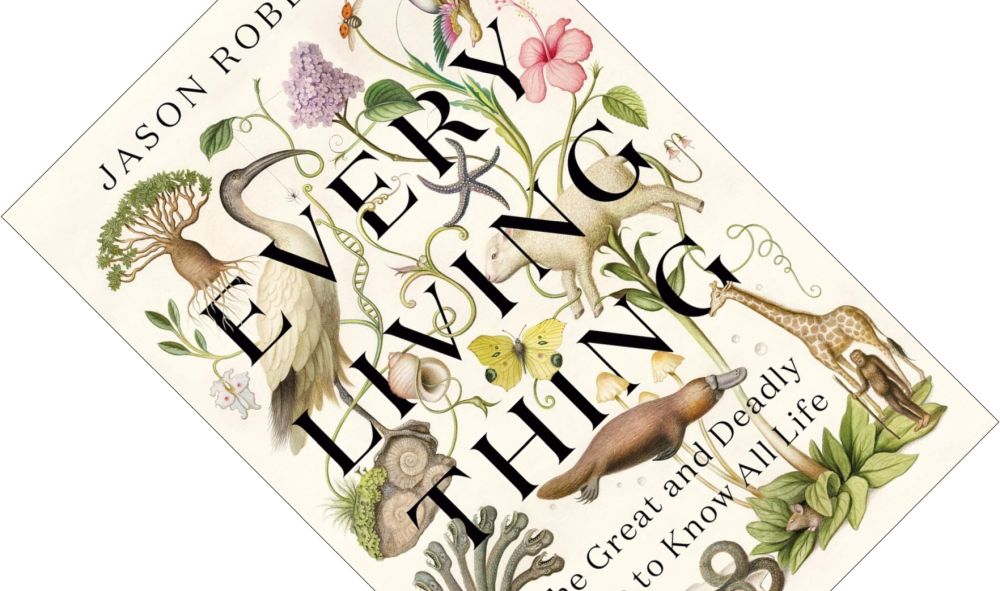
Every Living Thing: The Great and Deadly Race to Know All Life, written by Jason Roberts, published by Riverrun (a Quercus Books imprint) in April 2024 (hardback, 411 pages)
Every Living Thing is divided into three parts and 29 fairly short chapters. In the first two parts, Roberts charts the lives and works of Linnaeus and Buffon, alternating between the two as he goes. Having just finished Broberg’s Linnaeus biography, I could not resist immediately checking his reference section: The Man Who Organized Nature is not among them, though he has consulted two of Broberg’s other works. The timing of this checks out though. Broberg’s book was published in the USA in July 2023 while Roberts’s appeared in April 2024; likely Every Living Thing was already in production when Broberg’s book appeared. Though Roberts has not accessed the Swedish sources that Broberg was able to read, he has consulted several of the Linnaeus biographies Broberg recommended, including more “recent” ones such as Rausing-Koerner’s 1999 Linnaeus: Nature and Nation and Blunt’s 2001 Linnaeus: The Compleat Naturalist. Roberts’s coverage of Linnaeus follows the major beats of his life but leaves out much of the extraneous detail that Broberg provided, focusing on his taxonomical ideas. He also gives more context and helps readers by inserting tangents to explain historical and biological concepts.
It quickly becomes apparent that Broberg was respectful, even mild, just reporting the facts of Linnaeus’s life but rarely passing judgment. Roberts has no such reservations, calling him out for arrogantly inserting “vast exaggeration [and] sheer fiction” (p. 76) into his Lapland travel account, denying his daughters an education “to a degree unusual even by the misogynistic standards of the day” (p. 193), and imposing with “monumental self-assurance” (p. 153) his binomial system on botany. More so than Broberg, he covers the students Linnaeus “with characteristic immodesty” (p. 135) called his apostles who were sent on collecting expeditions to uncharted parts of the world with often fatal outcomes. True, Roberts adds, they went willingly and were not the only ones to do so at the time, but “the first wave of Linnaeus’s apostles produced an extraordinary number of harsh lessons, and cautionary tales” (p. 168). Roberts particularly holds Linnaeus’s feet to the fire regarding his scientific racism, allowing me to return to the pin I put in my last review. “Later apologists have attempted to absolve Linnaeus of racism” (p. 180), but not Roberts. When in the tenth edition of Systema Naturae Linnaeus added prejudiced descriptions to his previous four categories of humans, it was “a spectacular act of ignorance masquerading as savantry” (p. 181). Sure, as The Myth of Race also documented, Blumenbach later added Caucasians to the list and declared them superior while Cuvier amplified the message, but make no mistake, Roberts writes, modern race science “has a genealogy that can be traced directly to the pages of Systema Naturae” (p. 181).
“Broberg was respectful, even mild, just reporting the facts of Linnaeus’s life but rarely passing judgment. Roberts has no such reservations.”
In contrast, Buffon (1707–1788) emerges from this book in a far more positive light. For background, he inherited a fortune at age 10 and by 1739 was nominated as intendant of the Jardin du Roi, gaining both the ear and the financial support of King Louis XV[1]. That was vital for the project that would dominate the rest of his life: Histoire Naturelle, Générale et Particulière. Intended as an encyclopedia of all creation, he wrote 36 large and painstakingly detailed volumes, covering the mineral kingdom and part of the animal kingdom (the birds and quadrupeds). His handpicked successor Comte de Lacépède would write another eight.
Like Linnaeus, Buffon was a polymath and became captivated by life’s diversity, but that is where the resemblances end. I admit to knowing little about him before reading this book but, ye gods, he was a fascinating character! He was the morally more upstanding person of the two, vocally opposing slavery and treating the women who crossed his path as equals. At home, “Buffon designed a life of maximum efficiency” (p. 64), having his valet wake him up at 5 AM every day (even if it meant being dragged out of bed) for a strictly scheduled day of writing in his spartan room, with breaks for meals and some socializing. It was a lifestyle he would stick to for the next 50(!) years, delighting in his “rigorous cultivation of solitary focus” (p. 66).
As if that quirk was not enough to endear Buffon to me, his thinking was decades if not centuries ahead of his time. In his writings, he speculated about extinction, common descent and the evolution of species, the cellular basis of life, the finitude of natural resources, and an impending epoch of humans. Roberts provides relevant context to explain the rhetorical safeguards Buffon employed to sidestep royal and church censors, “insulating what he knew to be dangerous ideas by making them islands of text in a sea of general observations about ospreys and otters” (p. 198). Roberts is careful to avoid grand claims: Buffon might have speculated about, for example, the physical basis of inheritance, but it would be “overreach to claim that [he] had foreseen DNA and RNA” (p. 338). He also disentangles the “thicket of significant linguistic differences between Buffon’s era and ours” (p. 199), pointing out that e.g. evolution as we understand it had not yet been coined. Even so, Darwin admitted that Buffon’s ideas were “laughably like mine” (p. xi) and the Anthropocene Working Group was so struck by the parallels between their proposal and Buffon’s epoch of humans that they commissioned an English translation of his 1774 essay The Epochs of Nature.
“I admit to knowing little about [Buffon] before reading this book but, ye gods, he was a fascinating character!”
Of relevance to the history of taxonomy, and the leitmotif of this book, is the rivalry between the ideas of these two men. Roberts captures the contrast beautifully early on: “To Linnaeus’s mind, nature was a noun. All species remained as created during Genesis, representing an unchanging tableau. To Buffon, nature was a verb, a swirl of constant change” (p. 7). Linnaeus, like most naturalists at the time, believed in the fixity of species. Effectively an intellectual hangover from the biblical account of Genesis, the species we see today had always been there, unchanged since their creation: “the Maker had long since put away His tools and closed up His workshop” (p. 72). Our now-familiar concepts of evolution and extinction were basically blasphemy, implying that Creation was imperfect. As such, Linnaeus was convinced that the number of species was finite and cataloguing them was an achievable if time-consuming prospect; his adherents are also referred to here as systematists. Buffon went against the grain and was a complexist. He believed that species evolved and went extinct, even if he did not yet know how. Their differences reflected a deep philosophical divide. Linnaeus believed in absolute universal truths, in Aristotelian essences, with species being real entities. Buffon, in contrast, wrote how systems and methods were “the scaffolding of science, and not science itself” (p. 120), with Linnaeus “mistaking the scaffolding for the edifice” (p. 121). Systematics and species were useful concepts but also human constructs and thus inherently flawed.
Roberts’s biographical account in the first two parts is told with verve. What further elevated the book for me is that he leaves himself a comfortable 110 pages in part 3 to describe what happened next and what the relevance of their ideas is to us today. It is a satisfying way to conclude this book, also as some reviewers complained that Broberg omitted this from his Linnaeus biography. The grand arc that Roberts traces is that, after his death, Buffon’s ideas were quickly sidelined by Linnaeus’s adherents but over time have regained their significance. He takes you through the French Revolution and its aftermath, giving terribly interesting profiles of famous naturalists who embraced Buffon’s ideas to various degrees such as Geoffroy, Lamarck, Cuvier, and Agassiz. He also discusses Britain’s lukewarm reception and then slow acceptance of Linnaeus’s ideas, with his collections ending up in the hands of James Edward Smith who founded the Linnean Society of London in 1788. Simultaneously, Buffon influenced other Brits including Darwin and the remarkable Huxley family—both Thomas Henry Huxley (“Darwin’s Bulldog”) and his grandson Julian Huxley who lived through the rise of genetics.
“[Roberts] leaves himself a comfortable 110 pages […] to describe what happened next and what the relevance of their ideas is to us today. It is a satisfying way to conclude this book.”
Today, Linnaeus’s taxonomical hierarchy has started to creak under the sheer magnitude of the planet’s biodiversity and has increasingly been abandoned, leaving just binomial nomenclature and a hierarchy of categorical ranks. My next review of Ragan’s Kingdoms, Empires, & Domains examines one example of what it struggles with: how to deal with other high-level groupings such as corals, sponges, fungi, and microbes that are neither animal nor plant. Buffon’s observation, that life is like a web or network instead of a thread, seems more relevant than ever. Meanwhile, species concepts remain troublesome beasts, and some scholars propose we consider species “snapshots rather than static points“, which hews closer to Buffon’s idea they are “an entity of reason rather than a physical fact” (p. 352).
Though Roberts is not a science historian, he has done his homework, going back to source material wherever possible. He is not shy to judge both men by modern standards with Buffon emerging as the clear moral victor. In the absence of more recent books, Roberts has convinced me to seek out Jacques Roger’s 1997 biography. He leaves ample space to discuss the aftermath and modern relevance of their ideas, which is a welcome stroke of brilliance. If you are new to the history of taxonomy, I have no hesitation in recommending that you start here; Broberg’s book is a more advanced text on a more circumscribed topic that will make for good follow-up reading.
One final brief aside: some may wonder how this book compares to Rob Dunn’s 2009 book by the same name that also dealt with “Man’s Obsessive Quest to Catalog Life“. Having quickly perused it, it gives a broader history of taxonomy that is not focused on Linnaeus and Buffon (the latter is not even mentioned); includes modern figures such as Lynn Margulis, Carl Woese, and Terry Erwin; and also talks about e.g. marine biology and astrobiology. The two comfortably exist side by side.
1. ↑ Roberts seems to be mixing up his dates here, alternately referring to Louis XIV and XV. The former died in 1715 when Buffon was still a child.
Disclosure: The publisher provided a review copy of this book. The opinion expressed here is my own, however.
Other recommended books mentioned in this review:
__________________________________________________________________
__________________________________________________________________
__________________________________________________________________

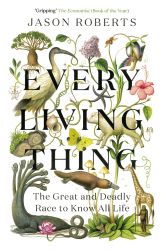
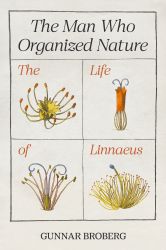
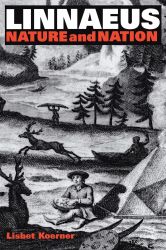
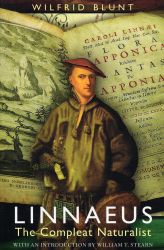
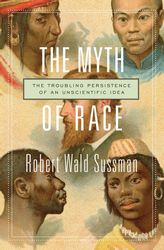
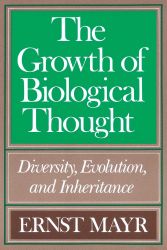
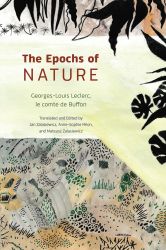
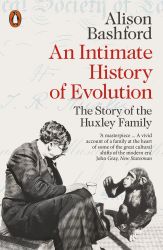
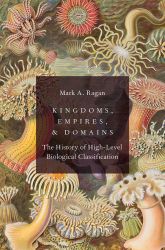
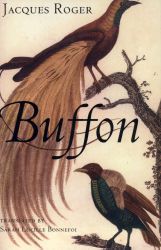
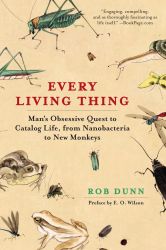
4 comments